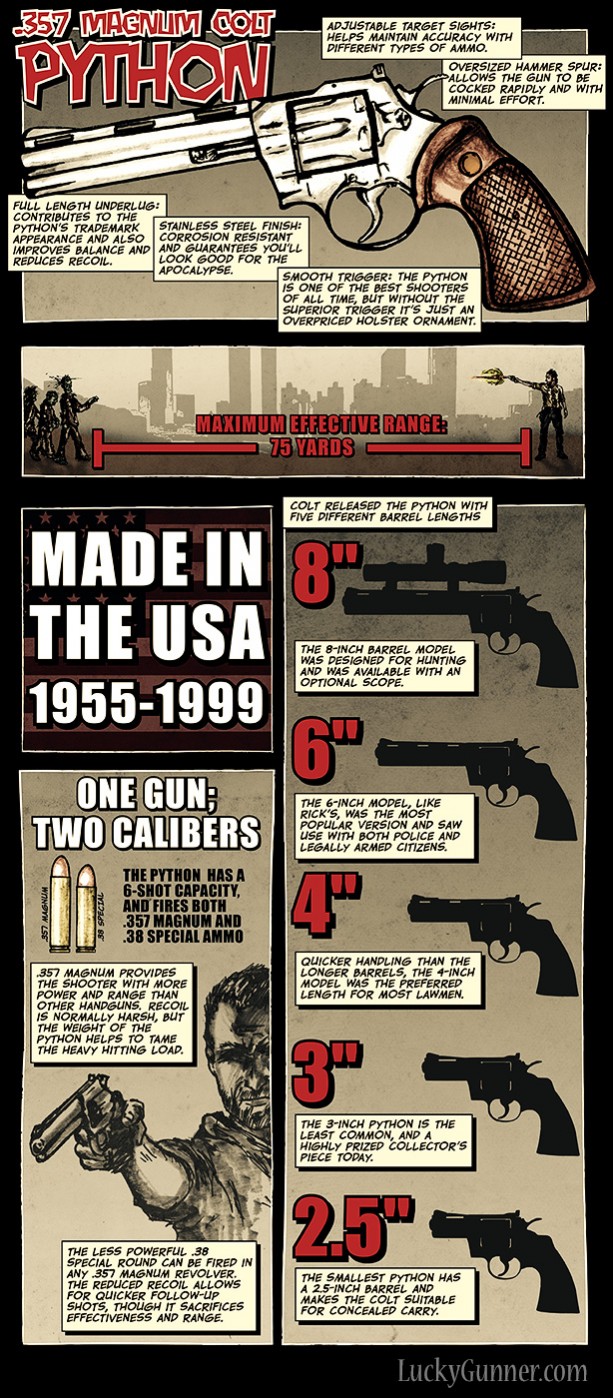Dedicated to preparing for the Zombie Apocalypse, and other natural or supernatural disasters coming our way.
Wednesday, December 31, 2014
How to Hotwire a Car
A couple articles on how to hotwire a car, because, you know, after the Zombie Apocalypse, you might need a car. (Article 1, Article 2). Unfortunately, these instructions are only for cars up to the mid-1990's or so.
The Science of Zombies
The scientists go on to warn that because they can't feel pain, it does not good to fight a zombie unless you can quickly kill it. Because zombies have poor concentration, you can avoid them by being quiet or distracting them. Don't try to reason with them--it is useless. It may be possible to mimic them, but don't try to outrun the CDHD-2 types.
Zombie fanatics Timothy Verstynen, an assistant professor in the department of psychology at Carnegie Mellon University in in Pittsburgh, Pennsylvania, and Bradley Voytek, assistant professor of cognitive science and neuroscience at the University of California, San Diego, summarised characteristic zombie behaviour seen in films, which can be explained by looking at the structure of the brain.
They have dubbed the condition 'Conscious Deficit Hypoactivity Disorder', or CDHD, which they describe as an acquired syndrome in which infected people lack control over their actions. In films, the undead display symptoms such as lethargic movement, loss of pleasure, language dysfunction, amnesia and the inability to suppress hunger and aggression.
‘Zombies often have difficulty recognising familiar people and suffer chronic insomnia that results in a delirious state,’ they write.
Undead individuals would also exhibit antisocial behaviour, such as biting and eating people, but they would be friendly to each other and swarm with other infected individuals, according to the scientists’ book, ‘Do zombies dream of undead sheep?’.
The neuroscientists have come up with two subtypes of the syndrome – CDHD-1, which affects ‘slow’ zombies with uncoordinated movements and CDHD-2, which is typical of ‘fast’ zombies that have no problem chasing humans in films.
This may be because at the moment of death, our circulatory systems stop, starving the brain of oxygen and glucose.
In zombie films, they resume at the point of infection - in a limited form - and the brain gets its nutrients by zombies feasting on human flesh.
The longer the brain is starved of oxygen, the more extensive the damage to zombies, the neuroscientists say.
CDHD-1 zombies can be seen in the TV series, The Walking Dead, while the zombies in Waord War Z are faster and typical of CDHD-2.
The brains of both types of zombies would change in different regions, from a combination of decreased activity and altered activity in multiple brain networks.
Lesions to the temporal lobe would partly cause zombies to act like they do in films.
Thursday, December 4, 2014
Tuesday, December 2, 2014
The Abandoned Forest Park Hospital in St. Louis
 |
| (Source) |
Stepping cautiously into the room, McGregor quickly took stock. The beds were disheveled. They smelled moldy, but there was no whiff of animal scent ... or anything else. The cupboards were bare. Everything of use had been taken, or scavenged later.
Grunting his disappointment, McGregor slipped back to the doorway, glanced quickly both ways, before heading toward a sunlit window. "Surely," he thought to himself, "in a place this large, something had been overlooked."
 |
| (Source) |
Subscribe to:
Posts (Atom)


